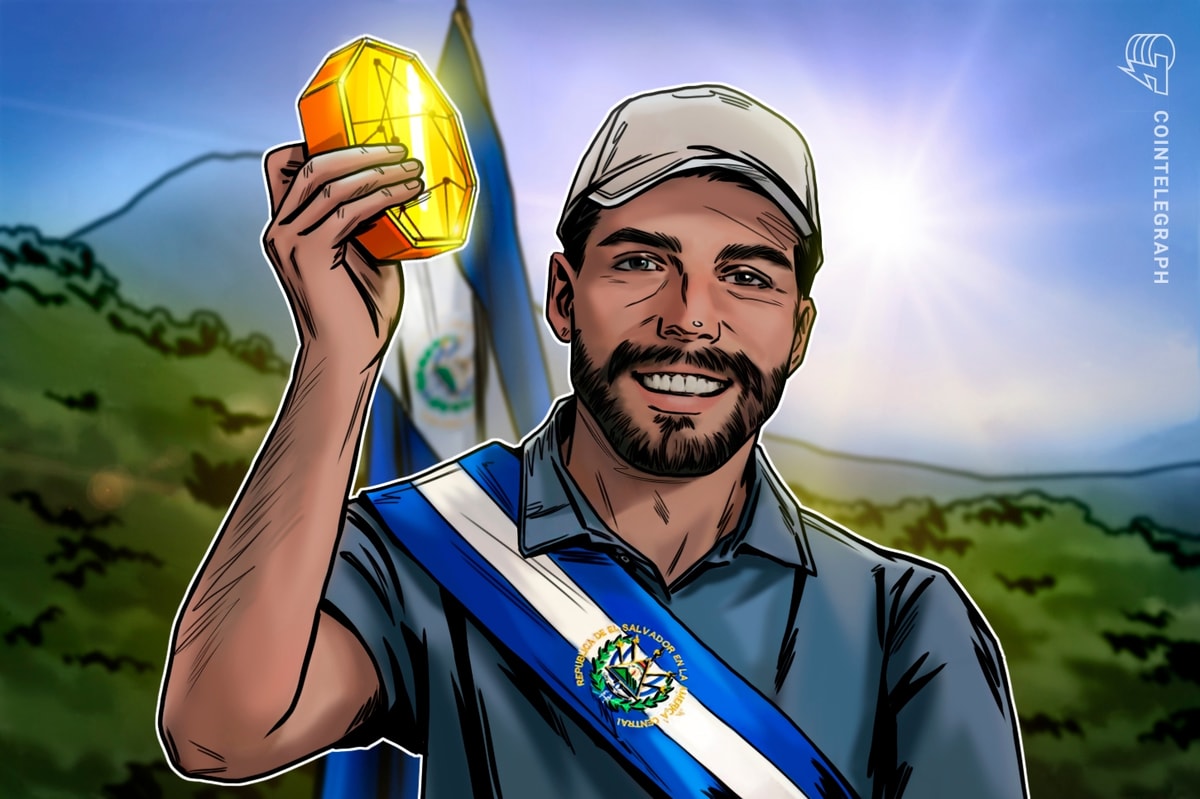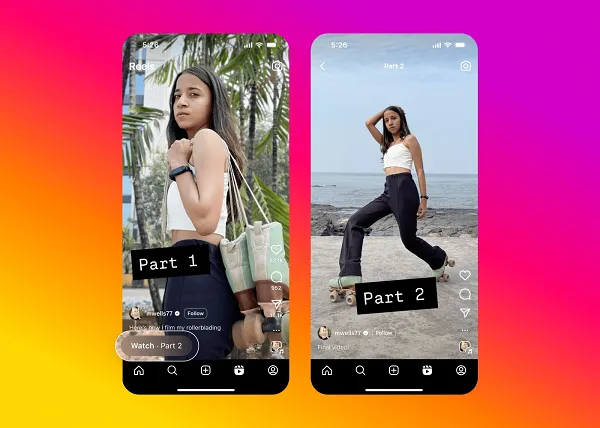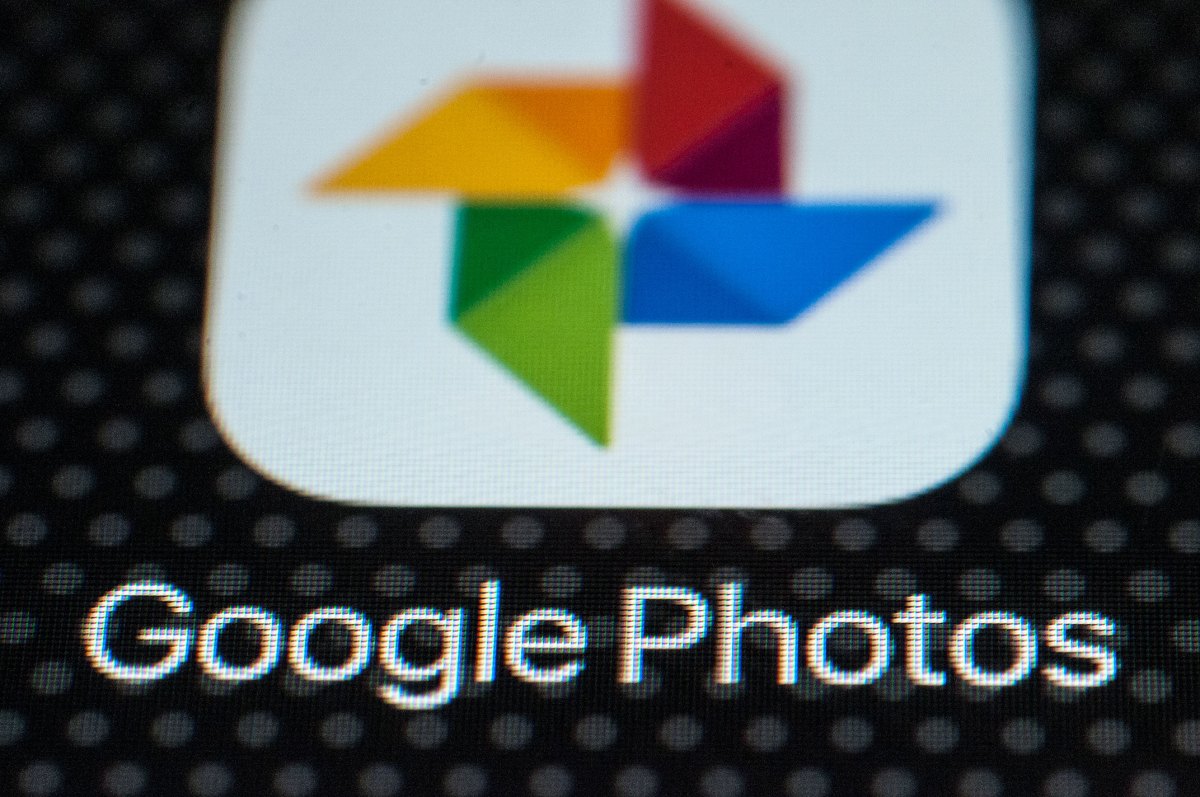Why do some brands spark passionate debates while others are quickly forgotten? The answer lies not in what they embrace, but in what they boldly reject.
The best brands aren’t built by trying to be everything to everyone. They’re built by drawing a line. In a crowded marketplace, it’s not enough to say what you stand for; you need to be bold enough to say what you stand against.
This is the power of a strategic enemy. Whether it’s a direct competitor, a cultural convention, or a tired category norm, defining what you reject gives your brand focus, edge, and emotional power.
This article is part of Branding Strategy Insider’s newsletter. You can sign up here to get thought pieces like this sent to your inbox.
But here’s the thing. The enemy doesn’t have to be wrong. In fact, the strongest brand duels are between two valid, opposing positions. Starbucks vs. Dunkin’. Mac vs. PC. Tesla vs. gas. Oatly vs. dairy. Each one appeals to different people, at different times, for different reasons. In fact, for every strong position, the opposite should be just as strong. Good positioning should be polarizing.
What sparks a productive debate between brands? Two easily understood and defined options. This conflict and contrast between two brands drives the engagement and creates the tension that our brains find stimulating. It literally fires up your brain.
A debate will fuel interest in the category as well as the brands that stand on both sides in it. Contrary to what many brand owners believe, no one brand should be for everybody in the mind; there should always be room for an alternative. Slow vs fast. Big vs. small. Complex vs. simple. Cheap vs. expensive. Square vs. round.
Competing ideas in the mind are the starting point to create a good debate that motivates everybody to have an opinion and pick a side. Consumers love to have an opinion. Experts love to have an opinion. The media love to write about opinions. Your mother most certainly loves to have an opinion. She would also like you to text her back. Make sure to say you love her.
Strong opinions fire people up. Without controversy, without differences, there is no debate. The danger for brands is being too bland and boring. Not standing for anything gets you ignored. It is better to get talked about, even if not everybody agrees with your position at first. Your early adopters will, and with time, you have the chance to rally the masses.
In this, word of mouth is a key driver of building brand success; a debate gives people something specific to talk about and take a stand on. As a brand, you need to arm your supporters with simple facts and arguments. The goal is to build up an army that will promote, amplify, and further your cause.
There are plenty of discussions and heated debates on the Internet where comparisons between two opposing brands have become a new category of content on channels such as Reddit, YouTube, or TikTok:
- “Shopify vs. Amazon: The age-old question.”
- “Mrs. Fields vs. Crumbl Cookies Taste Test | Food Feuds”
- “The Great Debate: Dunkin’ vs Starbucks?”
- “Duolingo vs. Babbel: What I learned by comparing them”
Consider this: when you, as a consumer, face a choice between two brands, which source do you perceive as providing the most useful and trusted information? The brand websites or the Reddit debate on which to pick? Reddit’s third-party endorsements cut to the chase of what the true differences are. It lets you decide which is right for you.
While brands have seconds to make an impression, debates lead to more detailed and engaging discussions, allowing your brand story to shine. Your story energizes consumers to see your brand as something worth fighting for.
- The Great Lodging Debate: Hotels vs. Airbnb
Airbnb revolutionized lodging with its rent-a-room concept as an alternative to a hotel room. The name stands for “Air Bed and Breakfast.” It started back in October 2007 when three friends in San Francisco got the bright idea to rent out their living room to conference goers who couldn’t find a hotel room and let them sleep on air mattresses. If you have ever attended a major conference in San Fransico, you know what a great idea this is. Hotel rooms are outrageously expensive if you can find one.
The initial focus was on Airbnb “hosts” willing to rent out a spare room to make some extra money and Airbnb “guests” looking for cheap lodging. Since then, the category has evolved and expanded. Today, Airbnb is the leading platform for lodging of all types. It is no longer the cheap place to stay, it is the preferred way to stay for many travelers. Airbnb is the anti-hotel. Hotels offer predictable sameness, while Airbnb offers the chance to live like a local.
It has become the great travel debate of our time. Do we Airbnb or stay in a hotel?
Late To The Debate: VRBO
VRBO (Vacation Rental by Owner) was founded in 1995 by David Clouse. He created a website to rent out his ski home in Breckenridge, Colorado. Websites were just beginning at the time, so VRBO was the first of its kind. From that one ski home, Vrbo now includes more than 2 million homes to rent around the world.
In 2015, Expedia Group, one of the world’s leading online travel agencies, was looking to get into the category Airbnb was dominating. So, they bought HomeAway, the company that owned VRBO, for $3.9 billion. In 2019, Expedia shut down HomeAway and rebranded VRBO as Vrbo to be pronounced as Ver-boh—a pronunciation loyal fans had been using for years.
Then they upped the marketing and called out Airbnb as the enemy. Unlike Airbnb, Vrbo has never listed properties where guests stay with hosts. Its focus is on whole-home vacation rentals only. Airbnb offers both.
As a marketer, your job is to compete. Compete differently with The Blake Project.
In 2024, Vrbo started running ads featuring former Alabama head coach Nike Saban as a gruff and grizzly host. Saban, known as a disciplinarian in winning seven national football championships, is the perfect person to embody a nightmarish rental host. Saban greets his guest by reviewing his big binder of rules. “No showers longer than five minutes; this isn’t a spa. No games, no fun. Two flush maximum per bathroom visit.” Then we see the couple in the hot tub along with Saban, who reminds them, “You guys got about 10 minutes…cause this is Daddy time in the tub.” A line he apparently ad-libbed. It ends with the reminder to experience the freedom of host-free vacation rentals, only at Vrbo.
The message was perfect, but the timing was not. Had this aggressive campaign and message been launched in 2010 instead of 2024, perhaps things could have been different. Today, after nearly two decades, Airbnb has evolved in the market and the mind from its host-on-property roots.
Recently, in a ridiculous attempt to seek attention, Vrbo put up a billboard outside of Airbnb’s San Francisco offices that poked the bear: “Think of us as Airbnb’s hotter, cooler, friendlier, long-lost twin that never has hosts.” Advertising is effective only if it reinforces something already in the mind. Airbnb called the stunt “desperate” and said the campaign just gives Airbnb “more visibility.”I couldn’t agree more.
In summary, the core concepts of how to use a strategic enemy to fuel a debate are:
- Without a clear difference between brands, there can be no debate between strategic enemies.
- A debate gives people something specific to talk about and take a stand on.
- A debate leads to more detailed discussions, allowing your brand story to shine.
- A debate engages, creates buzz, and gives a sense of belonging to the brand tribe.
Contributed to Branding Strategy Insider by Laura Ries, Author of The Strategic Enemy: How to Build & Position a Brand Worth Fighting For with permission from the publisher, Wiley. Copyright © 2025
At The Blake Project, we help clients worldwide, in all stages of development, define and articulate what makes them competitive and valuable. Please email us to learn how we can help you compete differently.
Branding Strategy Insider is a service of The Blake Project: A strategic brand consultancy specializing in Brand Research, Brand Strategy, Brand Growth, and Brand Education
FREE Publications And Resources For Marketers
Post Views: 0








